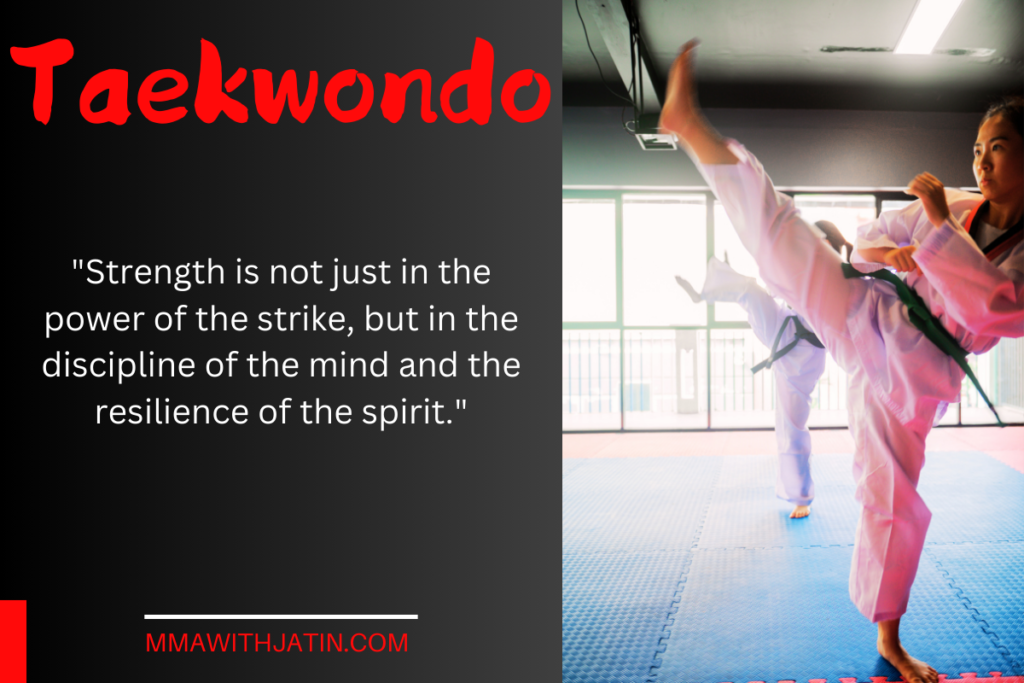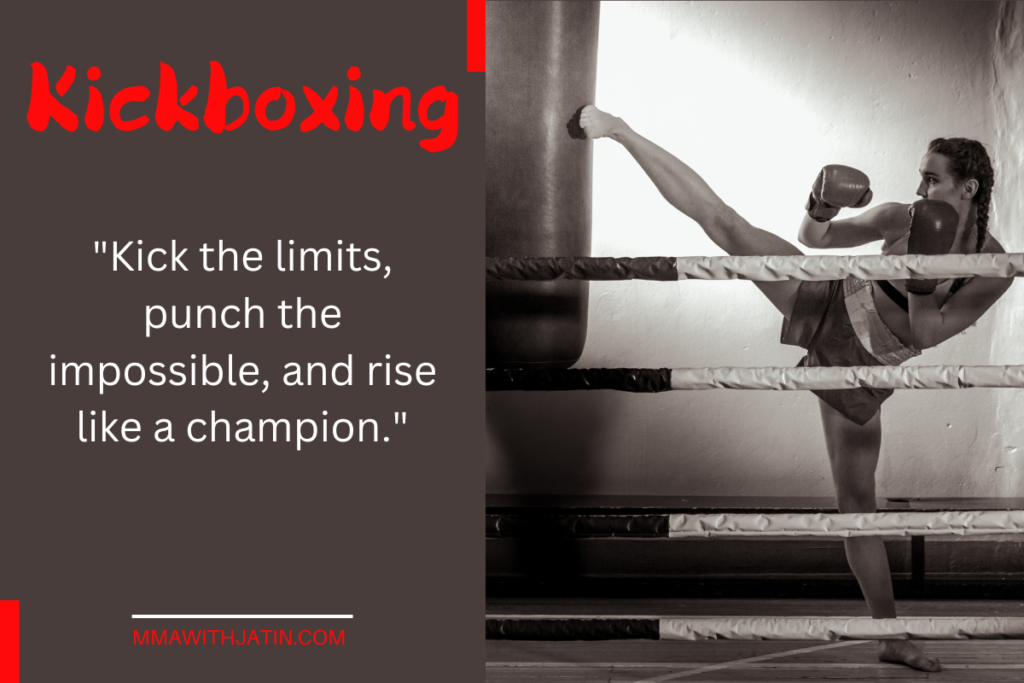Taekwondo
Taekwondo is a Korean martial art known for its focus on high, fast kicks and spectacular jumping and spinning techniques. It is one of the most popular martial arts in the world and is practiced both as a competitive sport and for self-defense. History of Taekwondo Taekwondo originated in Korea in the 1950s, although its roots can be traced back to ancient Korean martial arts such as Taekkyeon and Hwa Rang Do, which were practiced for centuries. Taekwondo was officially established as a distinct martial art by Korean military leaders after the Korean War. The name taekwondo comes from the words tae (foot), kwon (hand), and do (way or path), which together mean “the way of the foot and hand.” Taekwondo gained international recognition in the 1960s and 1970s, with the formation of international organizations like the World Taekwondo Federation (WTF). It was included as an Olympic sport in 2000 and continues to be practiced by millions of people worldwide. Key Principles of Taekwondo The core principles of taekwondo revolve around physical skill development, mental discipline, and ethical behavior. The key principles of taekwondo include: Speed and Agility: Taekwondo practitioners focus on developing the ability to execute fast and precise kicks. Agility is also essential to move quickly and evade attacks. Balance and Power: Despite the emphasis on speed, taekwondo also requires a solid foundation of balance and power to execute strong kicks and strikes. Mental Focus and Discipline: Practitioners are taught to cultivate mental strength, focusing on self-control, humility, and respect for others. Techniques in Taekwondo Taekwondo is most famous for its kicking techniques. Some of the most common techniques in taekwondo include: Kicks: Kicks are the hallmark of taekwondo. Some of the most famous kicks are: Front Kick (Mae-geri): A quick kick delivered straight ahead with the lead leg. Roundhouse Kick (Dollyo-geri): A powerful kick delivered in a circular motion to the head or body. Side Kick (Yop-geri): A kick delivered to the side, aimed at the opponent’s ribs or head. Axe Kick (Chagi): A downward kick aimed at the opponent’s head or shoulders. Spinning Kick (Dwi Chagi): A kick performed while spinning to increase its power and speed. Punches and Strikes: Although kicks dominate, taekwondo also includes basic punches and hand strikes like the straight punch (Jireugi) and the knife-hand strike (Sonkal-chigi). Blocks: Taekwondo practitioners use various blocking techniques to defend themselves, including the low block, middle block, and high block. Training in Taekwondo Training in taekwondo involves a combination of physical drills, forms, and sparring. Training typically includes: Forms (Poomsae): Poomsae are sequences of movements that simulate combat against imaginary opponents. These forms are essential in taekwondo to develop technique, balance, and concentration. Sparring (Gyeorugi): Taekwondo sparring is typically done with protective gear and follows specific rules. Sparring helps practitioners test their techniques in live situations. Kicks and Strikes Drills: Taekwondo practitioners spend a significant amount of time perfecting their kicking techniques through repetitive drills. Conditioning: Conditioning exercises, such as running, jumping, and strength training, are crucial to improving stamina, flexibility, and power. Philosophy of Taekwondo Taekwondo emphasizes self-improvement, respect, and courtesy. The philosophy of taekwondo is centered around the idea of using one’s skills for self-defense and self-discipline, rather than aggression. Practitioners are encouraged to develop both physical and mental strength, with the goal of becoming better individuals through training.



